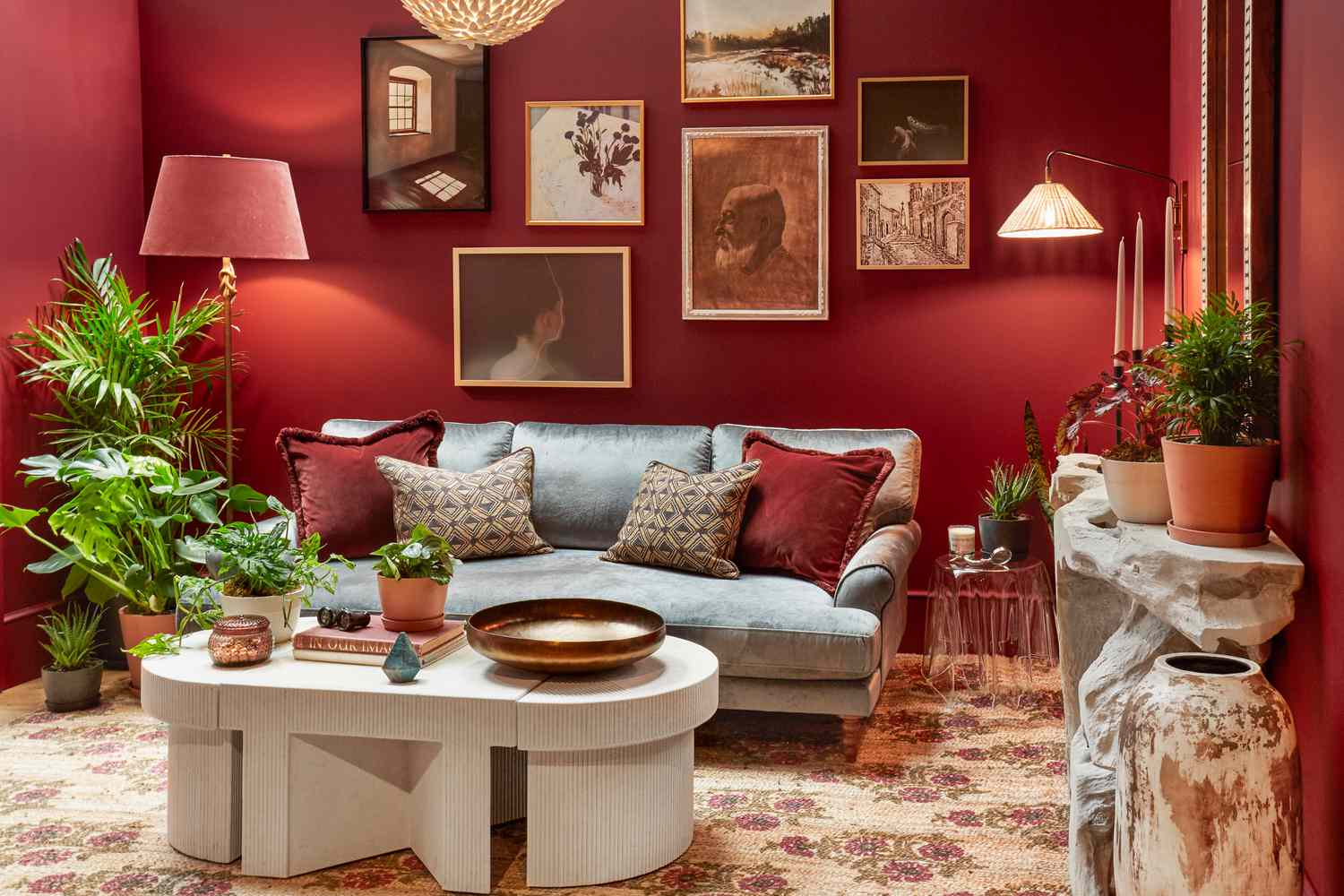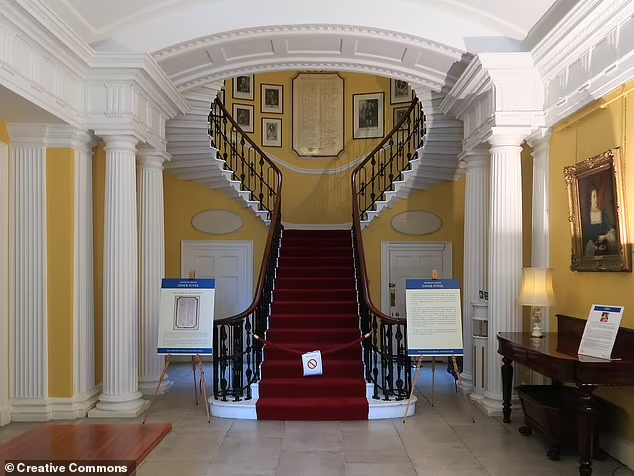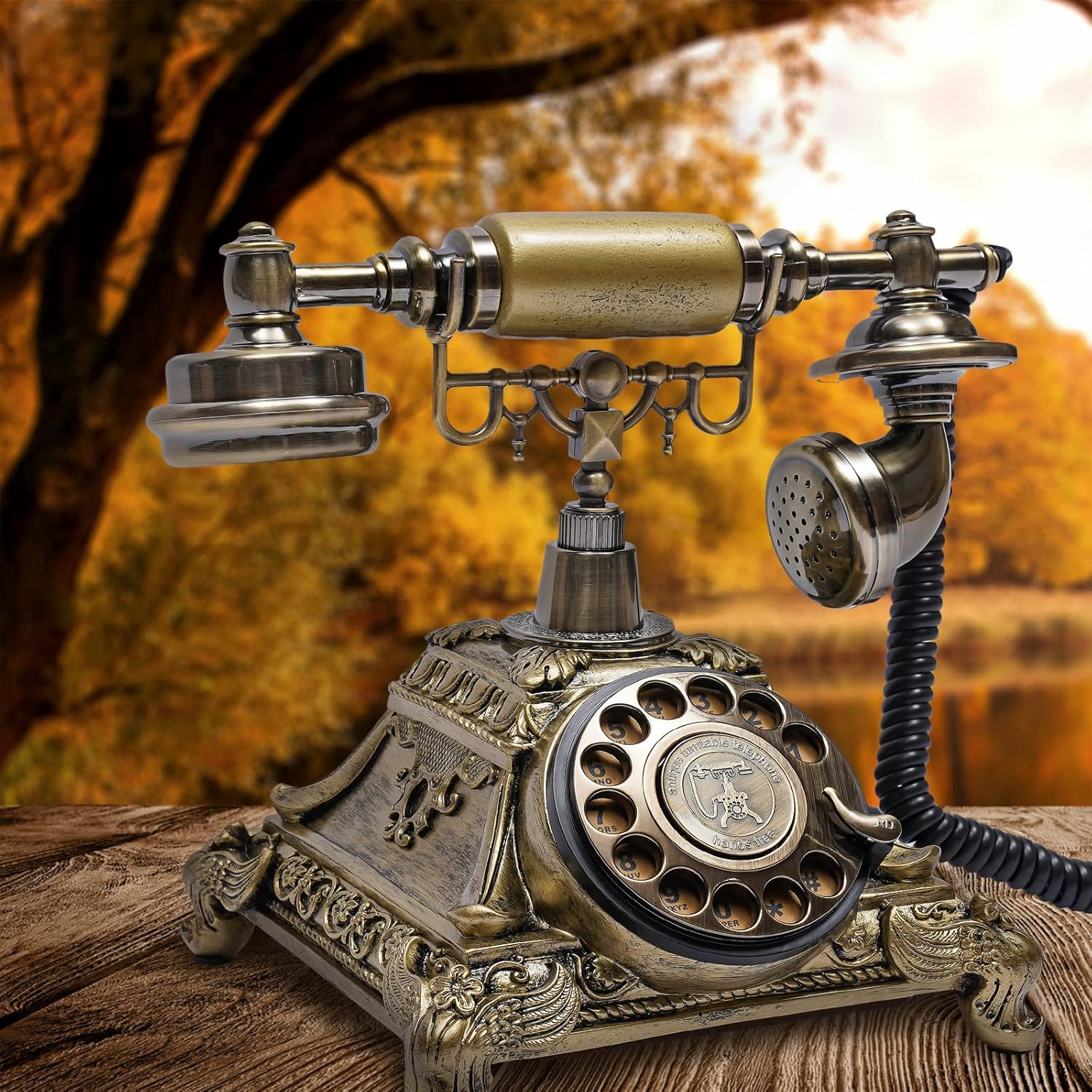The 2000s were an exciting and chaotic era for interior design. Fresh out of the bold maximalism of the 1990s, the new millennium brought with it a clash of styles, an overuse of synthetic materials, and an obsession with trends that did not always age well. While some aesthetics from that era are now being reimagined with modern flair, there is one particular home decor trend from the 2000s that continues to haunt designers and homeowners alike: Tuscan-inspired kitchen decor.
The Rise of the Tuscan Kitchen
In the early to mid-2000s, the Tuscan kitchen emerged as a beacon of sophistication. It was heavily inspired by Italian countryside villas and exuded a rustic charm — or at least that was the intent. Earth-toned color palettes, faux finishes, wrought iron accents, and heavy cabinetry with ornate detailing dominated this look. Homeowners, spurred on by design magazines and home makeover shows, raced to paint their walls in colors like burnt sienna, olive green, and mustard yellow.
Granite countertops, tumbled marble backsplashes, and dark wood cabinets created a rich, moody environment that was meant to feel warm and inviting. But in execution, many Tuscan-inspired spaces veered into dark, overdone territory. Instead of evoking the elegance of a sunlit Italian villa, they often felt more like dim, enclosed caves laden with faux luxury.
The Problem with Faux Finishes and Heavy Detailing
Perhaps the most glaring issue with the 2000s Tuscan trend was its excessive use of faux finishes. Venetian plaster walls, sponge-painted surfaces, and artificially aged cabinetry tried to emulate old-world textures, but more often than not, the result was cheap and contrived. These finishes lacked the authenticity and craftsmanship they sought to mimic.
Additionally, the heavy detailing found in cabinetry, moldings, and light fixtures became visual clutter. Scrolled iron pot racks, ornate drawer pulls, and bronze chandeliers created a visual cacophony, especially when layered on top of deep, saturated colors and patterned stone surfaces. The overall effect was loud, busy, and overbearing.
The Misinterpretation of Elegance
What was meant to be a celebration of rustic elegance turned into a textbook example of overcompensation. Instead of capturing the serene beauty of the Tuscan countryside, the trend leaned into excess. Roosters, grapes, faux wine barrels, and vineyard motifs began to pop up in kitchens across the country, turning elegant aspirations into kitschy caricatures.
There was also a disconnect between the aspiration and the actual home architecture. Many of these designs were forced into suburban homes with no architectural ties to Mediterranean aesthetics, resulting in a jarring dissonance between style and structure.
Why It Hasn’t Aged Well
As the years went on, the Tuscan kitchen aged poorly. In contrast to today’s minimalist and light-filled spaces, Tuscan-style rooms feel oppressive and outdated. The dark color palette absorbs natural light, making even spacious kitchens feel smaller and more closed-in. Moreover, the overly decorated spaces stand in stark opposition to the current preference for clean lines, simplicity, and functionality.
In the 2020s, homeowners are craving neutral tones, sustainable materials, and spaces that breathe. The focus has shifted to timelessness rather than trendiness, and unfortunately, Tuscan decor screams the latter. Trying to modernize a 2000s-style Tuscan kitchen often requires a full gut renovation — painting cabinets, removing ornate details, replacing countertops, and stripping away years of decorative excess.
The Broader Lesson in Design
The fate of the Tuscan kitchen serves as a cautionary tale in interior design: don’t blindly follow trends. What may seem fashionable today can quickly become tomorrow’s eyesore. Instead of chasing a look that’s dominating magazine covers or social media feeds, the emphasis should be on designing spaces that reflect personal taste, practical needs, and architectural harmony.
When design becomes more about projecting an idea of luxury rather than creating comfort and livability, it loses its soul. The Tuscan trend wasn’t inherently bad — when done tastefully in the right setting, Mediterranean design can be stunning. But in the 2000s, the widespread and misapplied adoption of the style turned it into a design cliché.
Moving Forward: What We’ve Learned
Thankfully, today’s design ethos has evolved. There is now a greater appreciation for authenticity, material quality, and understated elegance. People are increasingly leaning into natural light, lighter woods, organic textures, and open layouts. Kitchens are no longer dark and imposing but bright and inviting, promoting gathering and ease.
The modern homeowner prefers to blend comfort with character. There’s less reliance on heavy themes and more focus on individuality. While open-concept kitchens, sleek quartz countertops, and minimalist cabinetry dominate now, the door remains open for character-driven design — as long as it avoids the pitfalls of over-stylization.
Conclusion
The 2000s Tuscan kitchen is a trend we’re happy to leave behind. It reminds us of a time when more was more, and faux luxury replaced genuine character. While it had its moment, the overuse of dark tones, ornate features, and faux finishes has no place in the modern home. As we move toward a future of thoughtful, functional design, the Tuscan kitchen serves as a relic — a nostalgic yet cautionary tale of what happens when trend eclipses taste.



